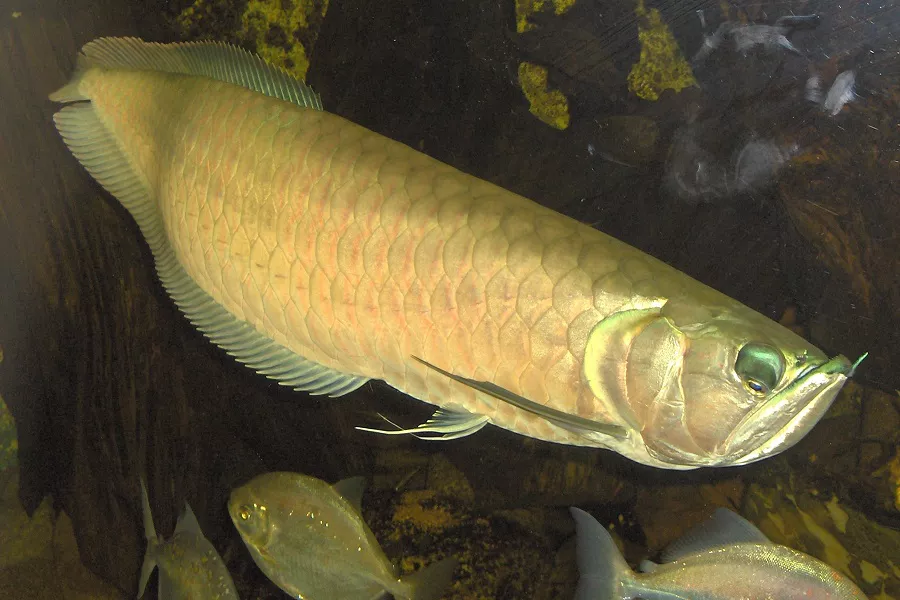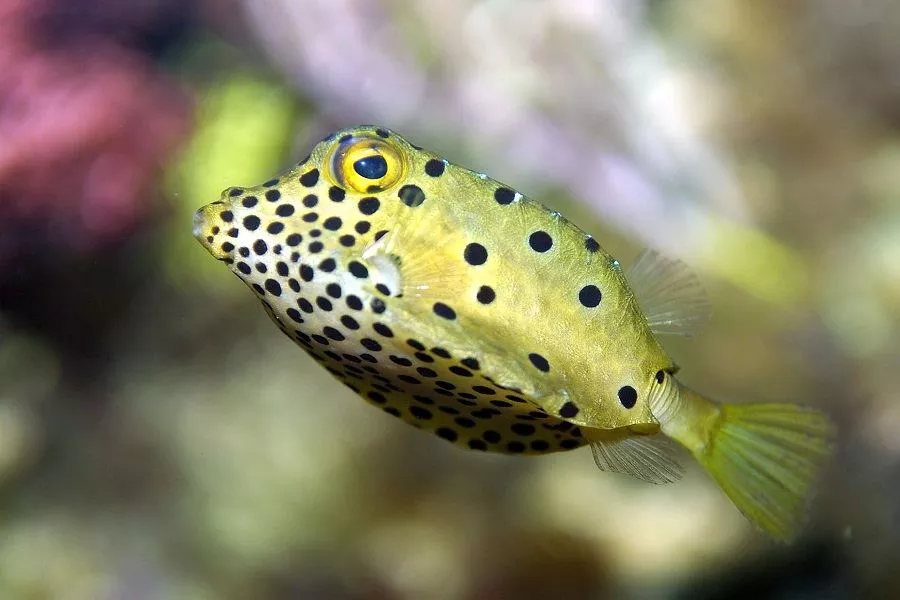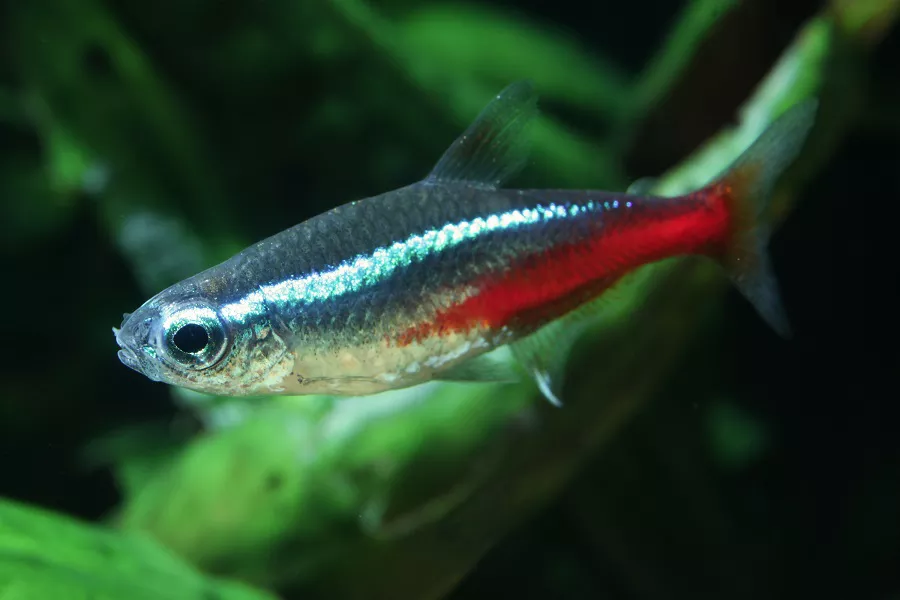What is silver arowana?
silver arowana (scientific name: Osteoglossum bicirrhosum): Also known as silver arowana. Adult fish are between 50-70 cm in length and can grow up to 120 cm. It is a medium to large freshwater fish. The body is banded. The mouth cleft is obviously oblique, the lower jaw covers the upper jaw, and the lower jaw has a structure similar to a nursery bag, which can be used for mouth-brooding larvae. A pair of jaws. The eyes are large and flexible. The scales are large, and the outer edges of the scales are pinkish-orange and gradually fade as they grow. The anal fin extends from the back of the anus to the caudal peduncle, and the length of the dorsal fin is slightly shorter than that of the anal fin. Body elongated, laterally flattened. On the side of the mouth. A pair of kisses. The head and operculum have large plate-like skeletons that are honeycomb-shaped and can be used to breathe outside air. The dorsal and anal fins are long and located behind the body. Large pectoral fins. The pelvic fins are located behind the pectoral fins. The caudal fin is short. The body is covered with large scales, which are pink semicircular in shape. Body silvery white, and contains blue, cyan and other light mixed colors, sparkling.
What does silver arowana look like?
The silver arowana fish is banded. The mouth cleft is obviously oblique, the lower jaw covers the upper jaw, and the lower jaw has a structure similar to a nursery bag, which can be used for mouth-brooding larvae. A pair of jaws. The eyes are large and flexible. The scales are large, and the outer edges of the scales are pinkish-orange and gradually fade as they grow. The anal fin extends from the back of the anus to the caudal peduncle, and the length of the dorsal fin is slightly shorter than that of the anal fin. Can grow up to 120 cm.
The fish has a long band-shaped body with flat sides, a fan-shaped tail, and a band-shaped dorsal and anal fins that extend backward to the base of the caudal peduncle. The lower jaw is more prominent than the upper jaw and has a pair of short and thick whiskers. Five rows of large scales are neatly arranged on its wide fish body, and under the light, it shimmers with silver light. Each fin reflects a smooth red or orange luster in the light. Juveniles are blue in color; dorsal and anal fins have red-blue edges. The mouth and operculum have dark red patches, and the fins are dark red. The body is silvery white, and all fins are basket black.
silver arowana living habits
Silver arowana is a large carnivorous fish that preys on fish and shrimp in the water or insects falling into the water. Because it is good at jumping, it can also prey on the prey on the branches of the water. Mainly inhabits the slow-flowing river reaches, with surface waters as the main activity area.
The silver arowana has a temperate personality among all bony tongues and can mingle with fish of its size. It is also the most fertile of all bone tongue fish. Diet is classified as carnivorous, but does not mean eating only fish. In addition to small fish, the silver belt also eats many other things. During the juvenile stage with a body length of about 10 cm, it usually feeds on crustaceans and aquatic insects such as shrimps, water fleas, and chironomids, but also catches 3 Small fish swimming up to 4 cm. In addition to the fish that swim on the surface of the water, the sub-adult fish also eat lizards, frogs, snakes, etc. Adult fish over one meter will also eat small animals such as young chickens and mice in Mizushima.
Because hurricanes in tropical regions often involve many small animals on land into the water. The silver belt will also jump out of the water to prey on snakes or large beetles that are one meter above the water, and these will not escape the fate of being swallowed by its blood. In the artificial breeding environment, in addition to live baits such as goldfish and crickets, krill, frozen fish meat, sausages, fish rolls, artificial feed, etc. can also be fed.
Silver arowana is a carnivorous fish. From juveniles to adults, animal bait must be fed. Live food is the best. It is best not to feed a single bait. A nutritious menu should be formulated. to ensure its nutritional balance. The water temperature that Arowana can adapt to is between 24-29°C. If the fish is well adapted, it can even adapt to the temperature of 22-31°C. However, like other ornamental fish, dragon fish must not change the water temperature sharply.
silver arowana rearing
1. Juveniles under 12 cm: At this time, silver arowana begins to eat raw bait, which can be fed with mealworms, small river shrimp, etc.
Frequent feeding of mealworms will make silver dragons picky eaters, so it is recommended to feed mealworms once in a while.
Because silver arowana is still small, and the hard shell of small river shrimp can easily hurt its stomach, so be sure to remove the head and tail of the shrimp before feeding.
number of feedings. To eat small meals often, is conducive to the digestion of young fish, can be fed four times a day. [8]
2. Small silver arowana about 15 cm: Silver arowana grows very fast at this time and is naturally very edible.
In addition to feeding some small river prawns, Zhu Wenjing and tiger skins of 1.5 cm to 2.0 cm can be appropriately fed.
Appropriately increase the frequency and amount of feeding. The main thing is to be seven full, and you should observe the little dragon every time you feed. If the belly is a little bulging and the food is not very fast, it means that the silver arowana is full. As the owner of the silver dragon, you must observe it carefully, don’t let it be hungry and can’t eat too much, and develop the good habit of eating less and more meals from a young age.
3. Silver arowana above 20 cm: At this time, the silver arowana has grown a lot, and the body’s immunity has also improved. What silver arowana eats is even more important at this time.
Not only can feed some larger fish, shrimp raw bait.
Can be properly fed loach, insects and so on. But it should be noted that when feeding the loach, because the silver dragon is not very big, the loach should be cut into small pieces. As for insects like cockroaches, make sure they don’t carry bacteria.
Live bait. Live bait often contains bacteria. When feeding it to arowana, it is easy to cause infection of the arowana, and it is easy to cause the dragon whisker of silver arowana to break. Therefore, it is not recommended to feed live bait frequently.
The amount of feeding should still follow the principle of eating small meals frequently.
Regardless of the growth period of the silver arowana, the food should be kept clean when feeding, especially the remaining food should be cleaned up in time to prevent the remaining food from contaminating the water quality and causing the occurrence of silver arowana diseases.


























